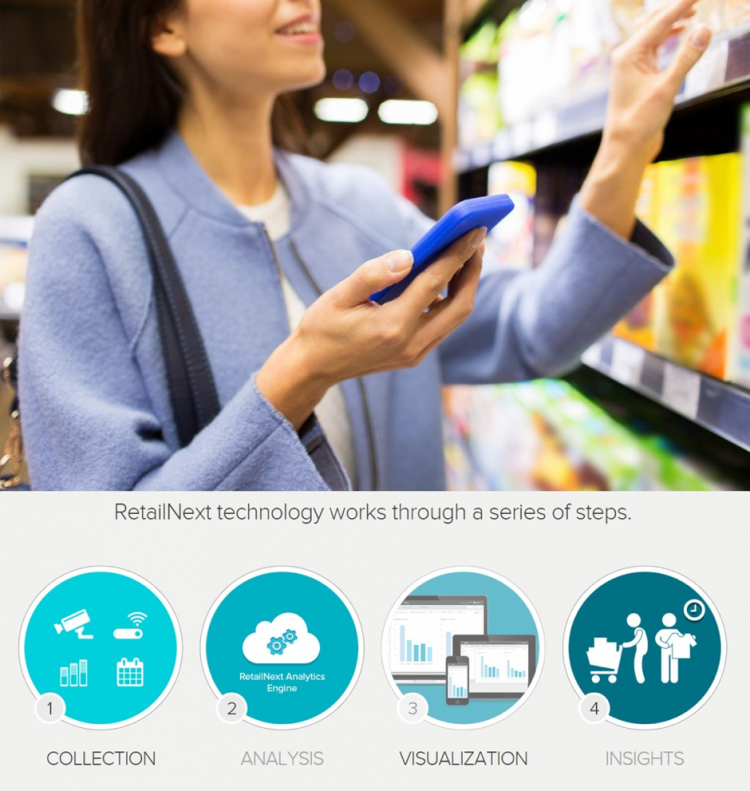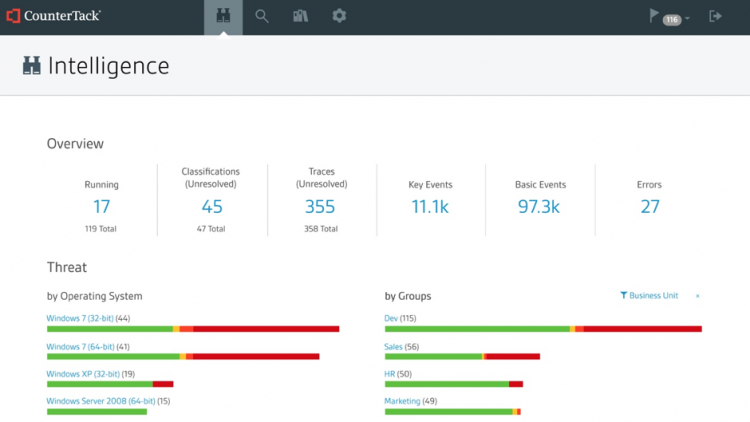
Photo credit: Pexels.
Not that long ago, the term “big data” was just another buzzword. Today, “big data” has become one of the fastest growing technologies. The market for big data is already worth US$46 billion, according to a new report from SNS Research. The same report predicts that companies will spend more than US$72 billion on big data hardware by the end of 2020.
Another key tell-tale sign is the growth of the data center market. A Technavio report places APAC as the fastest-growing data center construction market growing at a CAGR of 17 percent to reach US$20 billion by 2020. This is spurred by the growth of cloud-based service offerings, mining of consumer data repositories, and IoT.
However, companies risk getting overwhelmed by massive amounts of data if they don’t know how to use it to benefit their business and staff. Today, there is a critical mass of software ventures that meaningfully engage with organizations’ vast amounts of unstructured data. According to [Campaign Asia](http://www.campaignasia.com/article/2016-a-giant-leap-for-big-data/404827), 2016 has been a giant leap for big data, and the field will finally deliver on its hype.
Here are some innovative ways that companies are leveraging big data to gain a competitive edge.
1. Enhancing customer experience

Photo credit: Retailnext.
Today’s consumers have taken control of their shopping experiences through online purchasing and do not plan on letting it go, making it critical for brick-and-mortar stores to stay relevant to the consumer with the help of analytics. According to a study by Accenture Interactive, 91 percent of 91 percent of high performers on customer experience say that data analytics is critical in driving customer experience improvements.
The ability to track a customer as he or she browses within a store is now possible through real-time store monitoring platforms (RTSMPs). US-based RetailNext is one such platform. Through its centralized SaaS platform, it automatically collects and analyzes shopper behavior data, providing retailers with insights to improve the customer experience in real time. These platforms can help retailers optimize shopfront layouts and merchandising.
The business analytics software and retail expertise also help companies better understand the shopper journey to increase same-store sales, reduce theft, and eliminate unnecessary costs.
Currently, RetailNext works with more than 300 retailers in over 60 countries, including popular American chains Bloomingdale’s, Sears, and Ulta.
Other shopper analytics tools such as those from Google Trends, also help ecommerce companies tap into customer data to track website data. They can improve sales by preventing shoppers from abandoning their shopping cart, either by changing prices or the site layout or using advertising.
2. Personalizing educational materials

Photo credit: Coursera.
Education providers, especially higher education institutes, are feeling the pressure to innovate and digitize to thrive in the increasingly competitive education ecosystem. According to Gartner, the global higher education spending is forecast to grow 1.2 percent to reach US$38.2 billion in 2016.
The high global demand for digital learning methodologies is evident from the growing popularity of Massive Open Online Courses (MOOCs) such as those found on Coursera, a category leader in MOOCs with over 21 million users. The platform offers online courses and certifications in partnership with top institutes around the world like Yale University, Peking University, National University of Singapore, and Nanyang Technological University.
Some companies such as L’Oréal and Boston Consulting Group are even working with Coursera to upgrade their mobile workforce through online learning solutions. Coursera has also recently launched an enterprise platform, “Coursera for Business” to address the rapidly evolving training and development needs of corporates.
Popular MOOCs with millions of participants have the ability to generate copious amounts of learning data. This data is leveraged in adaptive learning, a method that personalizes educational material to each student’s unique needs.
With big data innovations, adaptive learning can become more personalized by automating the customization of content. This allows students to receive learning content suited to their individual learning abilities and pace. One such business is US-based Knewton, which uses its big data infrastructure to deliver digital course materials that dynamically and continuously adapt to each student’s unique needs. Education companies like Pearson and Houghton Mifflin Harcourt (HMH) use Knewton to power billions of personalized recommendations to millions of students and have observed high exam scores, pass rates, and low course withdrawals as a result.
3. Managing social media activity

Photo credit: Sprinklr.
Effective monitoring and engagement over social media channels are essential to gain a competitive edge for companies today. Marketers are expected to nearly double their social media spending to 21 percent of total marketing budget from just 11 percent in 2015 in the next five years. Brands can now use big data technology to create a digital front office for improved customer experience management.
For instance, social media management platform provider Sprinklr helps brands gain a deeper understanding of customers through the analytics of external and internal customer data. With Sprinklr’s technology, companies can align online efforts for better experiences with clients. Insights gathered from customer data also allow brands to improve marketing reach, brand advocacy, engagement, and customer care.
For example, Sprinklr helps McDonald’s actively engage its 69 million customers each day over 14,000 locations just in the US alone, in real time and at scale. Sprinklr helped McDonald’s gauge the interest of its #AllDayBreakfast campaign by combing through nearly ten years of its customers’ digital conversations. They launched the campaign with 12,000 personalized tweets replying to specific customer requests on Twitter, without the use of paid media.
4. Automating cyber threat detection and response

Photo credit: CounterTack.
Enterprises have fallen prey to cyber criminals on several occasions. As a result, they lose large amounts of operational and private customer data. Symantec has found that, in 2015 alone, over half a billion of personal records were stolen or lost. Because of this, global spending on cybersecurity is predicted to exceed US$1 trillion from 2017 to 2021.
As security hacks become prevalent, businesses need sophisticated and predictive solutions to secure their business data and digital assets. With the proliferation of mobile devices and cloud-based applications, there are more vulnerable endpoints like workstations, mobile devices and servers than before. Attacks are also more targeted and sophisticated, rendering traditional perimeter defences ineffective.
Cybersecurity solutions like CounterTack leverage big data analytics to detect, analyze and respond to malicious malware or embedded code, significantly reducing the time needed to discover and prevent such breaches or threats.
Security and Information Event Management (SIEM) tools such as LogRhythm, have also been widely deployed in large enterprises across diverse industry verticals. These platforms are built with big data architecture, allowing it to churn through massive volumes of machine data generated from devices and applications. Machine learning and behavioural profiling technologies then allow companies to flag out abnormalities.
Big data is increasingly used in innovative ways and in previously unimagined sectors, to become a powerful enabler for businesses. Companies should consider leveraging the power of analytical platforms and solutions.
About EDBI
As a premier Asian investor, EDBI invests in knowledge and innovation-intensive sectors covering Information & Communication Technology (ICT), Smart & Sustainable Technology (SST), Biomedical Sciences (BMS), and select industry clusters under its Strategic Growth Programme (SGP). Taking a long term
This post 4 ways big data gives companies a competitive edge appeared first on Tech in Asia.
from Tech in Asia https://www.techinasia.com/big-data-competitive
via IFTTT
No comments:
Post a Comment